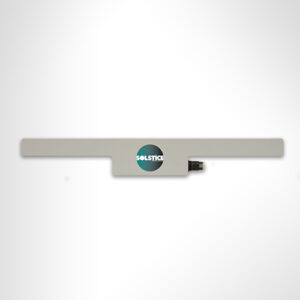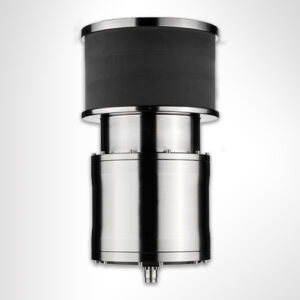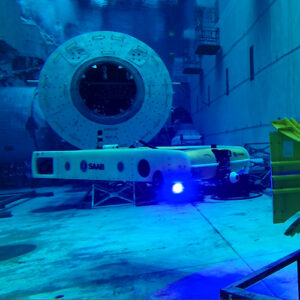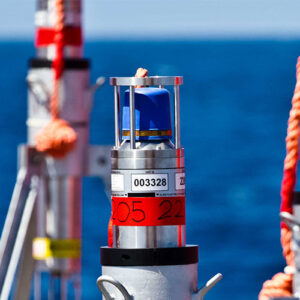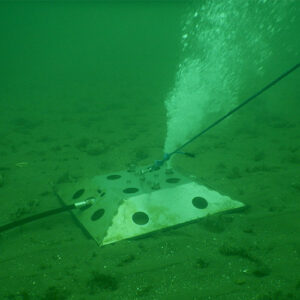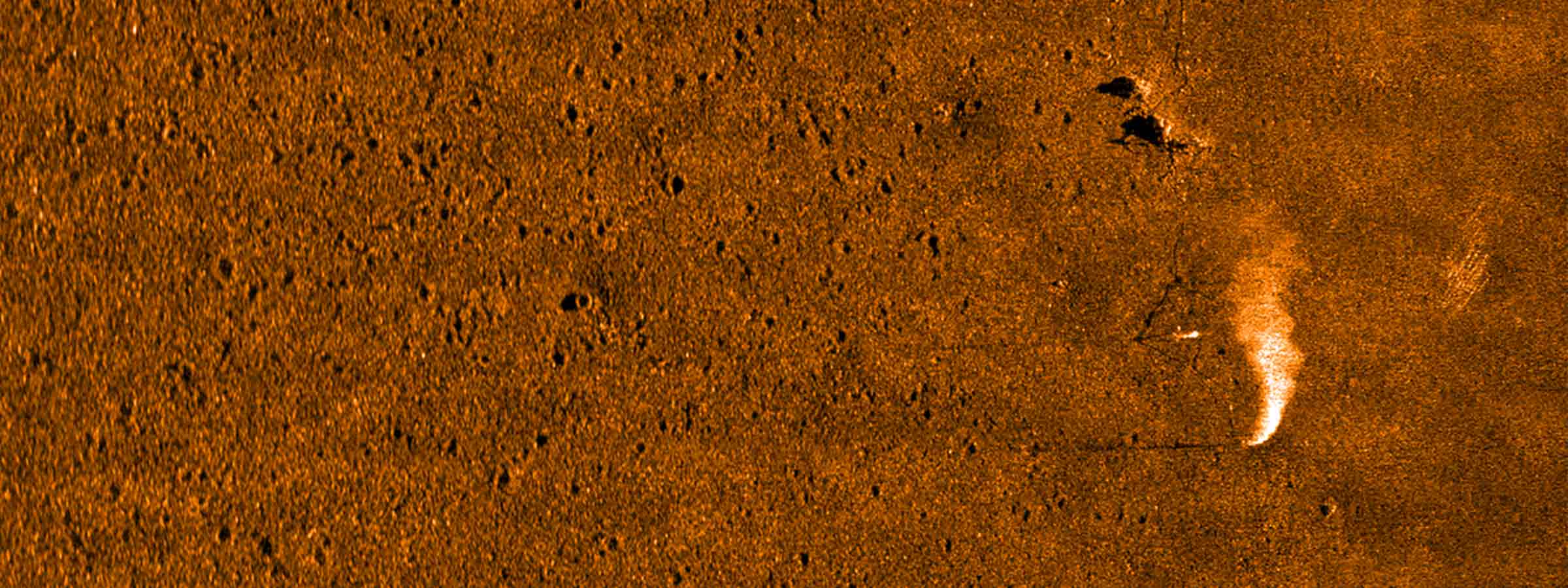
Carbon capture and storage
The development of offshore carbon capture and storage (CCS) sites is an important element of a global initiative to significantly cut greenhouse gas emissions. Monitoring these sites for leakage is a critical requirement, a challenge we’re meeting using technologies proven in energy and science.

What our tech can do for you
500 m
Detect small leaks even at range
360 °
From a single sensor, monitor in any direction around your subsea asset
AUV
Equip your AUV for wide-area, high tempo monitoring and classification
Sensors
Integrate chemical and bilogical sensors for a complete view of the environment
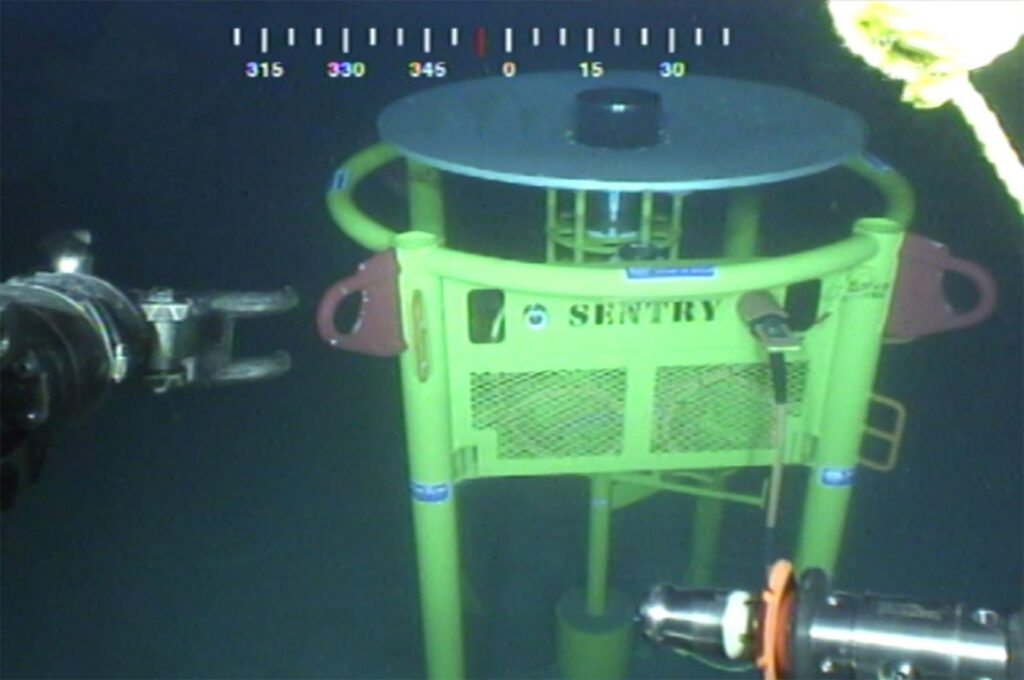
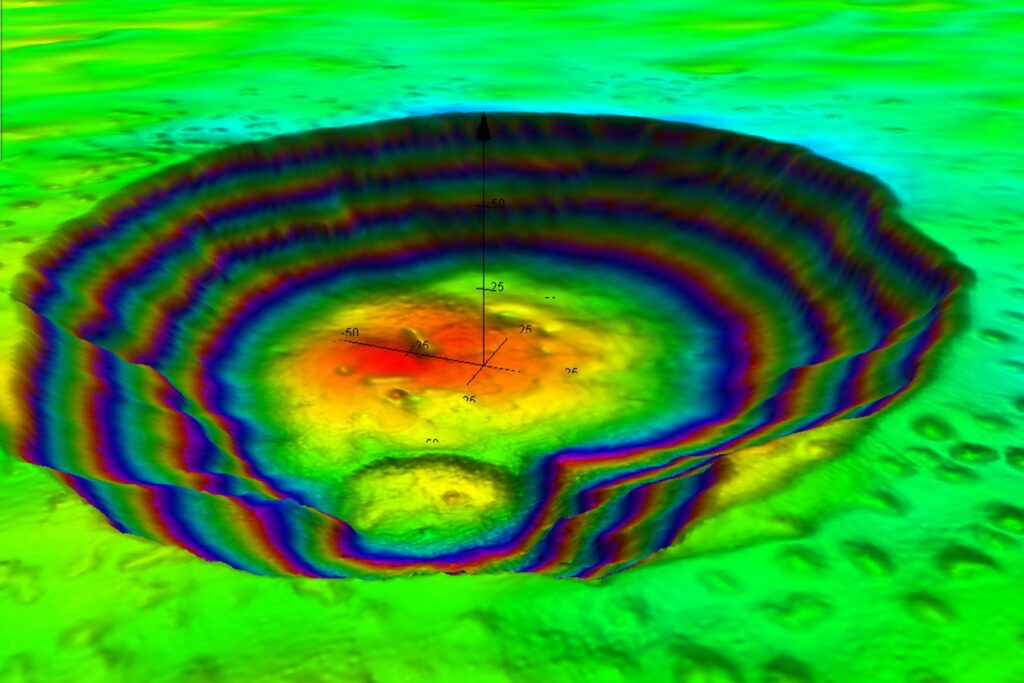
Carbon capture and storage
Carbon capture and storage (CCS) is a key lever to meet global greenhouse gas emission reduction targets. Offshore reservoirs, whether that’s depleted gas fields or aquifers, offer a storage solution for CO2 emissions from industrial facilities that are otherwise unable to reduce their carbon footprint.
But monitoring offshore CO2 storage sites is complex, involving a mixture of scientific disciplines, from the geology of the store and its potential leakage pathways to seawater chemistry and the acoustic properties of a leak. Finding ways to detect a seep or leak adds an additional layer of complexity, all while meeting cost and safety constraints.
Using technology and strategy to limit cost
Based on our sector-specific technology research and development, and our existing, proven technologies, our approach to this challenge is to provide you as a CCS storage operator with a risk-based strategy to monitor the key aspects of your store. Using a number of small and autonomous systems you can limit cost and personnel exposure and to avoid the need for the heavy ongoing involvement of crewed vessels.
Our approach has its origins in the 2014-2018 Energy Technologies Institute’s collaborative Measurement, Monitoring and Verification of CO2 Storage (MMV) project. Unlike other projects, this study was focussed on producing a serviceable product that would be easy to deploy. Demonstrating reliable leak detection across several scenarios of the project was one of its successful outcomes, showing the technology is ready to use today.
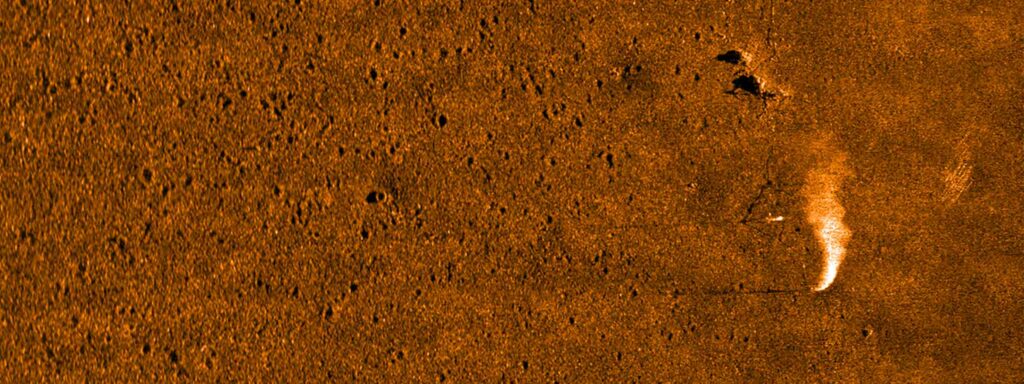
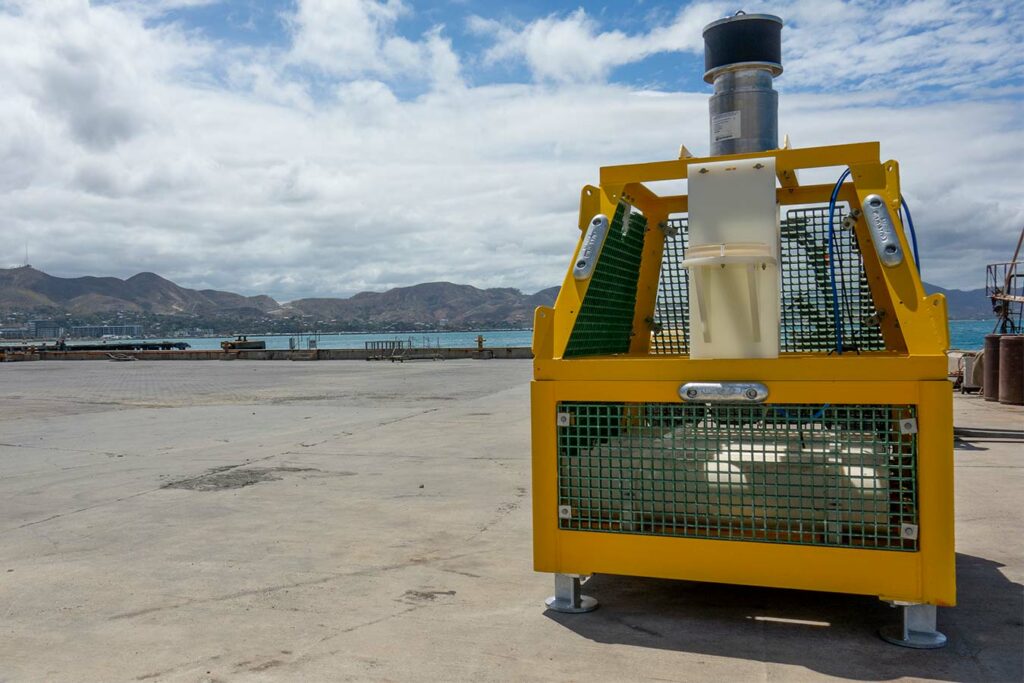
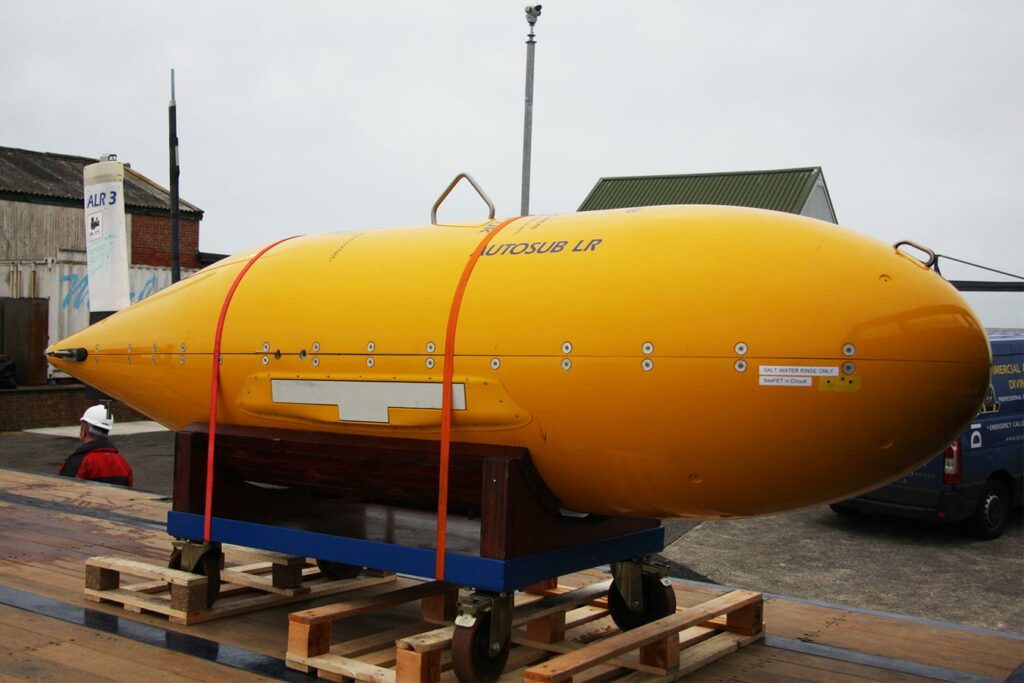
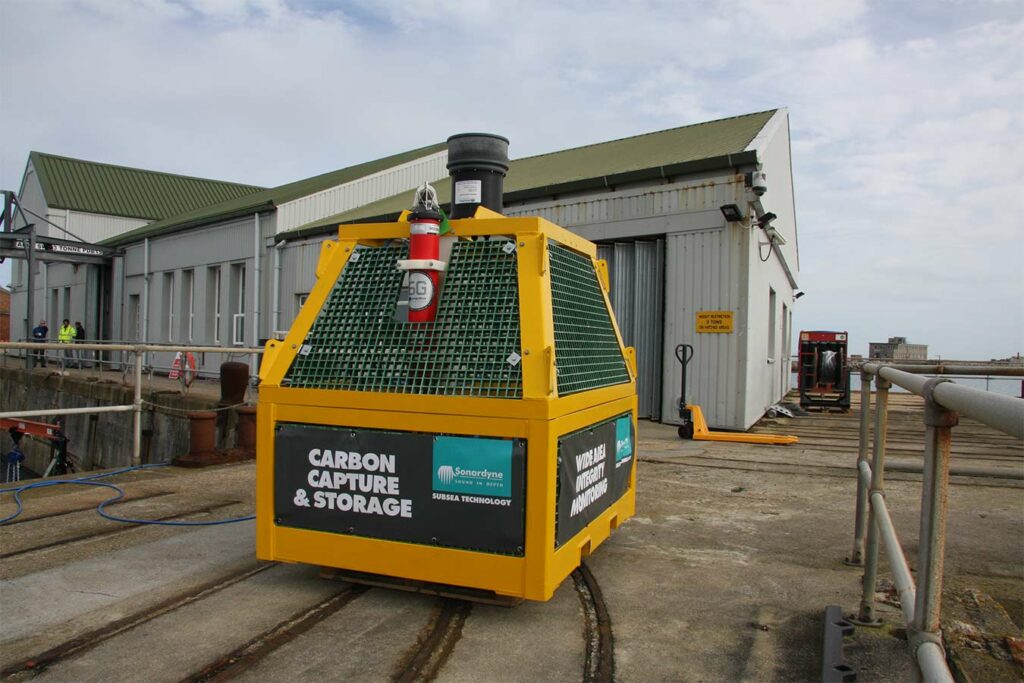
Whole store monitoring
Our technologies are able to meet your whole store monitoring requirements, from your injection site to long-term, wide-area monitoring. The monitoring system can provide baseline information during field development, integrity monitoring during operations and through life to decommissioning.
With our active Sentry sonar lander, you can monitor for leaks around the CO2 injection site. Our passive combined Sentry sonar and chemical lander provides real-time, on demand surveillance, 24/7, along fault areas and around site-specific infrastructure.
For long-term, wide area monitoring, you can use an autonomous or unmanned underwater vehicle (AUV/UUV) mounted with our chemical detection suite and Solstice multi-aperture side scan sonar for efficient assurance of your entire store complex. You can also use this system prior to injection activities to provide an environmental baseline to ensure that injection activities have not been the cause of any already occurring natural seepages that may be mistaken as leak identifiers.
In addition, a full observation of the store itself can also be achieved by combining the environmental monitoring of the overhead water column with seabed deformation measurement via our Autonomous Monitoring Transponders (AMTs) or Fetch Pressure Monitoring Transponders (PMTs) provide information of what’s going on in the subsurface.
If you would like to learn more, get in touch and we can find the solution that suits you.





